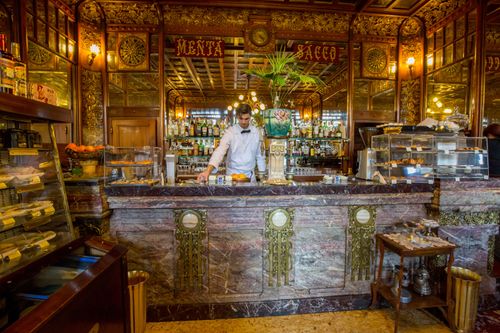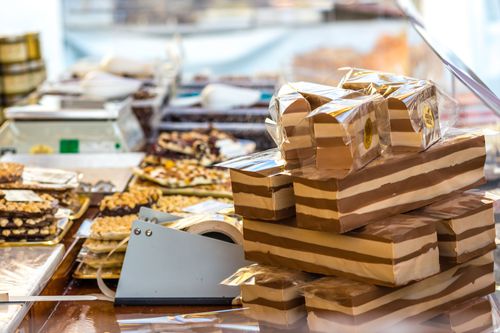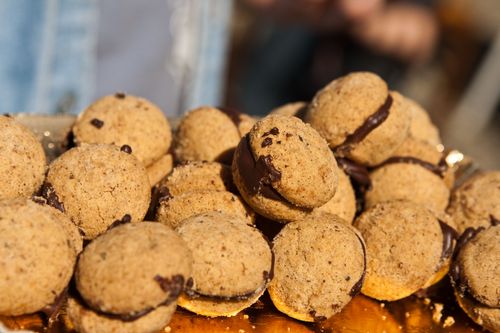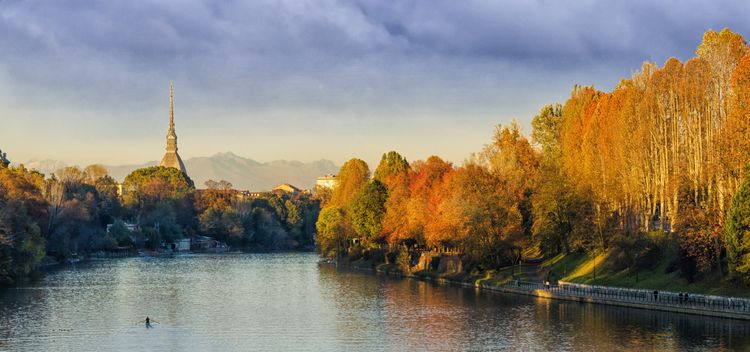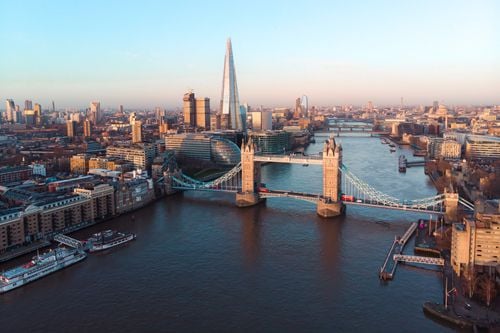The arrival of cocoa beans in Turin dates back to the second half of the 16th century. Duke Emanuele Filiberto of Savoy is said to have introduced it in the form of a hot drink: the famous hot chocolate. This luxurious drink was reserved for the royal family and the nobility. It was considered both a delicacy and a remedy. Italian chocolatiers became virtuosos in the art of preparing it and exported their creations to all the great courts of Europe (France, Germany, etc.).
If there's one thing that strikes you as you stroll through Turin's historic centre, it's all those tempting cafe-confectionery shop windows and the smell of chocolate wafting through the air. Chocolate and Turin have a long history. It was introduced in the 16th century from the Spanish court, where it was already very popular. Turin's confectioners took to it straight away, and still excel in its preparation today. One of them made a priceless discovery: gianduja. The divine marriage of Piedmont hazelnuts and chocolate. Hot chocolate, Gianduiotto, Bicerin, in Turin chocolate comes in many delicious forms.
Let yourself be tempted by a Bicerin in one of the historic cafés and have a Merenda reale (royal snack) where hot chocolate is served just as it was at the royal court of the Savoys. A real treat!
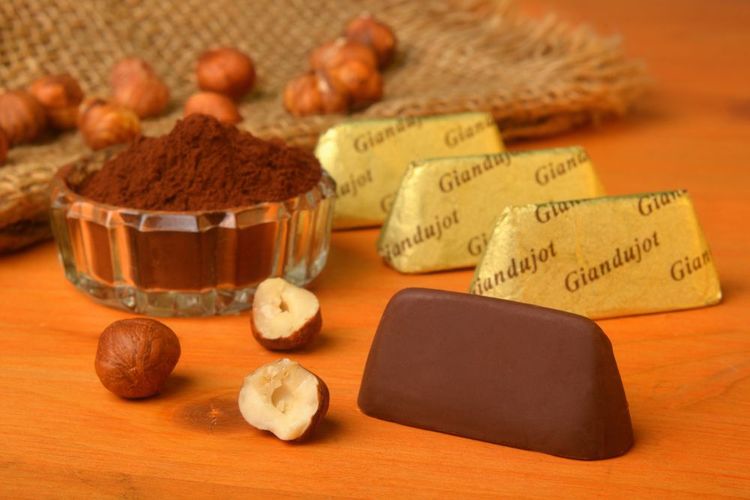
Traditional Piedmont hazelnut chocolate
- © Luigi Bertello / ShutterstockAn age-old love story
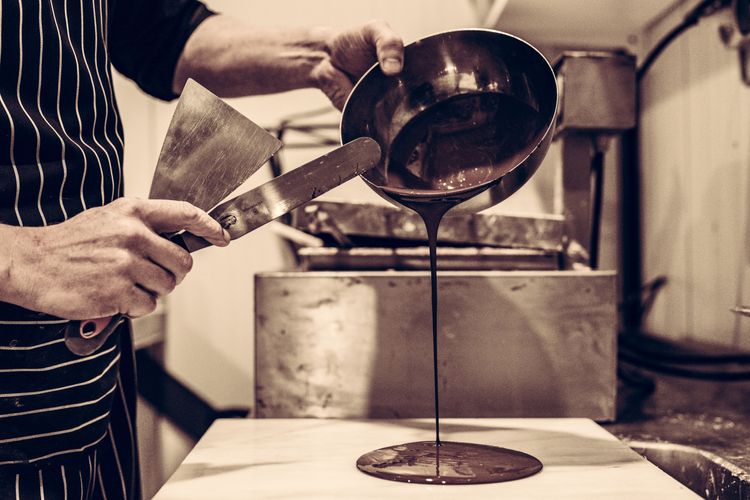
A traditional chocolate-maker in action
- © Cihan Altun / Shutterstockpractical information
The royal snack or Merenda reale
To enjoy a hot chocolate served as it was in the eighteenth or nineteenth century (take your pick, each century has its own accompaniments!), head to one of Turin's historic cafés. Much more than a hot chocolate, it's a gustatory, olfactory and visual experience that awaits you. In some partner venues, this chocolate ceremony is even accompanied by musicians!
Saturdays and Sundays only, without reservation.
👛 Prices:
The 19th-century version: €12
Under 10s: €8
18th-century version: €14
Under-10s: €10.
Partners: Castello di Rivoli (Museum of Contemporary Art), Caffetteria di Gerla, Caffè Elena, The Tea, Caffè Reale Torino, Caffè Fiorio, Pepino 1884, Caffè Platti 1875. This list is subject to change. To check the list during your stay: https://www.turismotorino.org/fr/merenda-realer-0?utm_source=easyvoyage
Later, chocolate consumption became more democratic with the invention of chewy chocolate, which was easier to transport and more affordable. Over time, Turin saw the birth of some of the greatest names in chocolate-making, including Michele Prochet, Ernesto Alberto Caffarel, Guido Gobino and Guido Castagna. Pastry chef Pietro Ferrero also deserves a mention. It was in Turin that he came up with the idea of making gianduja chocolate for children, along with his famous Nutella and various chocolate bars.
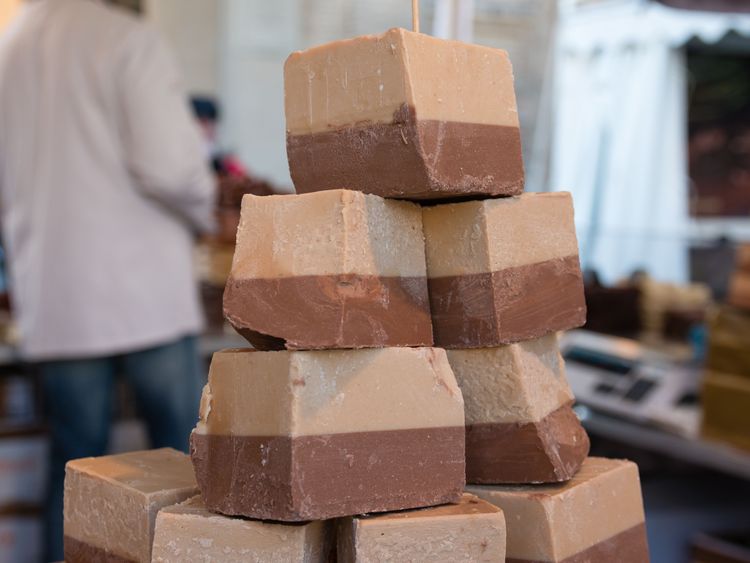
Cremino blocks, a Turin speciality
- © Giorgio Rossi / ShutterstockAt the end of the 19th century, following the blockade ordered by Napoleon, a shortage of chocolate prevented the Turin chocolate factories from being supplied. A Turin chocolatier had the bright idea of filling the chocolate gap with roasted hazelnuts, a fruit that grows abundantly in Piedmont (it now has a PDO). Gianduja or gianduia (pronounced "djann-dou-ya") was born and would become the essential ingredient in many of Turin's specialities.
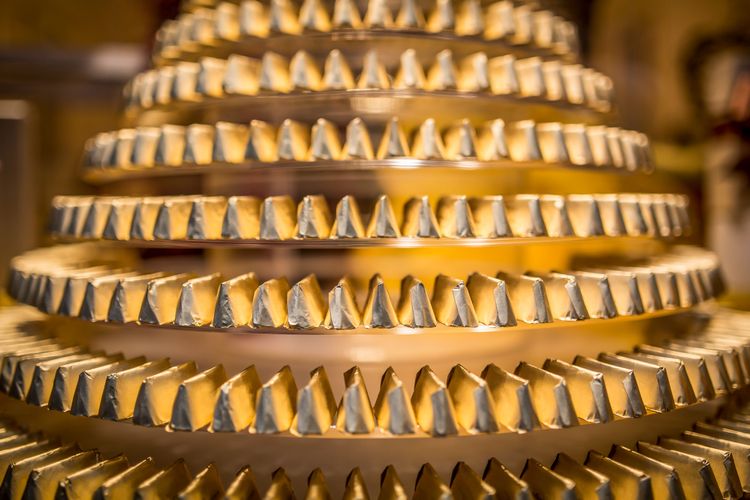
Gianduiotto pyramid, Turin's speciality
- © CatwalkPhotos / ShutterstockFive centuries later, chocolate is still as much a part of the city as ever. Just look at the number of shops selling it. In Rue Carlo Alberto, you'll find the Caffarel boutique, a master chocolatier since 1826, which has since been taken over by Lindt & Sprüngli.
A little further on, in via Lagrange, you'll find the world-famous Guido Gobino, then in piazza San Carlo 191: Stratta.
The Baratti&Milano shop is also well worth a visit.
There are also a number of small artisan chocolatiers throughout the city.
Where to stay near the chocolate makers?
We recommend staying at the Principi di Piemonte, not far from via Lagrange and piazza San Carlo, a fabulous 5-star hotel.
Principi di Piemonte | UNA Esperienze
Located in the heart of TurinWhere can you drink a good cioccolata calda (hot chocolate) in Turin?
Today, most of Turin's cafés have preserved this chocolate-making tradition and serve exceptional hot chocolates that have nothing to do with those usually drunk in cafés. For a feast for the eyes and a trip back in time, there's Caffè Fiorio, in via Po, under the arcades not far from the royal palace. Other historic places to enjoy a good hot chocolate served in the Piedmontese tradition in piazza Castello are Mulassano, at no. 15, and Baratti & Milano at no. 27.
Gianduiotto and Bicerin: the must-haves
Turin's signature chocolate is Gianduiotto. Invented in 1865 by Caffarel, this little chocolate wrapped in gold paper resembles the roof of a house or the hat of the local puppet (more plausible!). It is made from milk chocolate and hazelnut paste (the famous gianduja, widely copied later). But not just any hazelnut, just the Tonda Gentile variety produced in Piedmont.
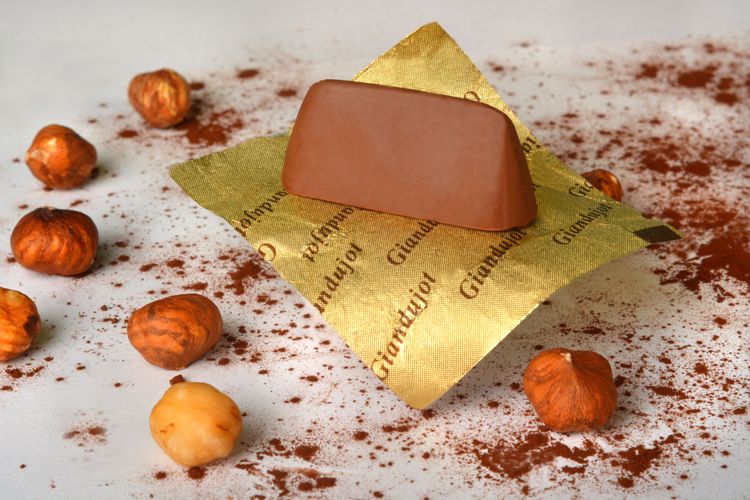
Gianduiotto, a Turin speciality
- © Luigi Bertello / ShutterstockPractical info
Ciocolatto: the international chocolate festival
Every year at the end of October and beginning of November, Turin celebrates chocolate with the Ciocolatto festival. For 10 days, piazza San Carlo and via Roma play host to Turin's top chocolate makers, entertainment for young and old, and chocolate sculpture competitions. It's the perfect way to tantalise your taste buds and discover an expertise that has been constantly reinvented over the years.
https://cioccola-to.events/?utm_source=easyvoyage
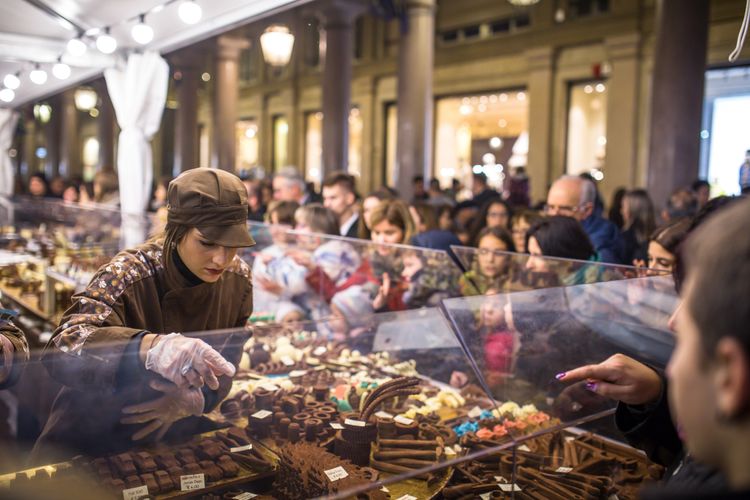
One of the many chocolate stands at the Ciocolatto festival.
- © CatwalkPhotos / ShutterstockThere are other chocolates that are less emblematic but just as delicious: cremino (cremini in the plural) or Turinois (a mixture of hazelnut chocolate and gianduja cream), alpino (with liqueur) or flavoured diablottini (chocolate pastilles). Of course, many Turin pastries also contain chocolate, such as baci di dama, often served with hot chocolate.
Hotel Roma e Rocca Cavour
3* hotel among the oldest hotels in TurinPractical info
Is there a chocolate museum in Turin?
Chocolate occupies such an important place in this city that it begs the question. Well, no, there isn't a museum as such. Here, chocolate is lived and breathed! However, in the basement of the Pfatisch boutique, a historic pastry and chocolate maker, there is a chocolate factory that can be visited. It has remained intact, just as it was when it was created in the 19th century.
📍 Pfatisch, via Sacchi 42, Turin
https://www.pfatisch.com/en/?utm_source=easyvoyage
Another of Turin's must-try chocolate specialities: the Bicerin. Its name refers to the handleless glass in which it is served. This subtle drink, invented in the 18th century, is made up of successive layers of hot chocolate, espresso and cold cream of milk. In the past, these ingredients were served separately, and each person measured them out to taste. Today, it is eaten as it is, without mixing it (which is frowned upon). You go from hot to cold, and the flavours mingle in your mouth - it's divine!

Window display at Al Bicerin, Turin's historic café
- © T photography / ShutterstockPractical info
Where to drink a good Bicerin?
One of Turin's historic cafés, Al Bicerin, has been staffed by women since it was founded at the end of the 18th century, a rare feat at a time when only men frequented cafés. As well as drinking a bicerin, many chocolates are sold here, as well as the famous chocolate liqueur.
All the historic cafés serve it too: Mulassano, Caffè Fiorio, Baratti&Milano and Caffè Torino.
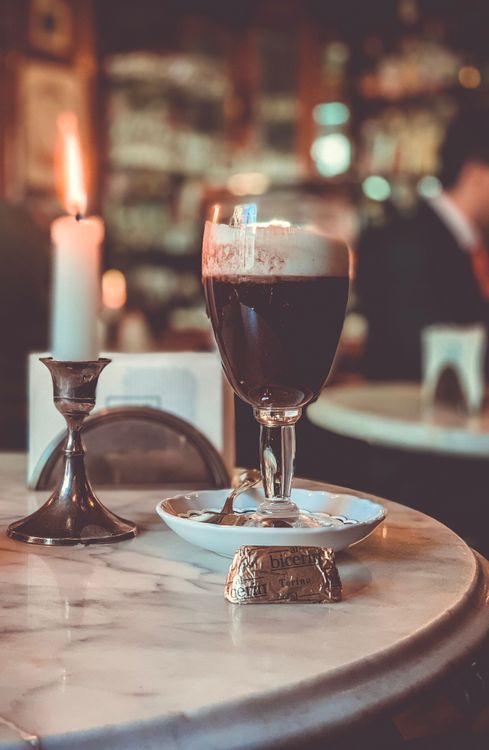
Bicerin, a Turin speciality.
- © Eleonora Spina / Shutterstock
